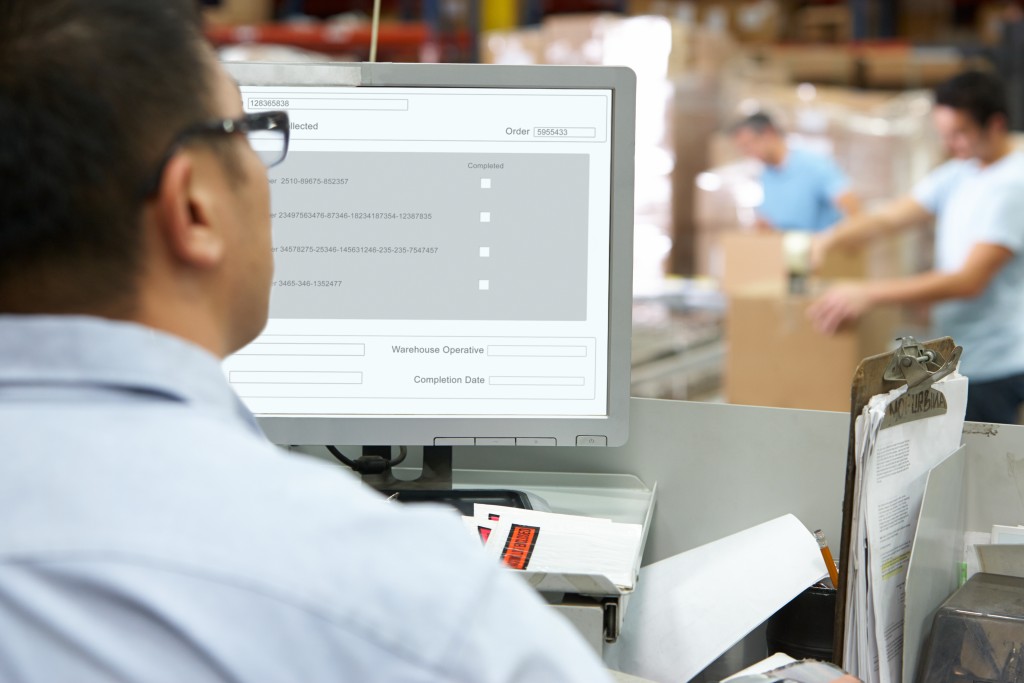Logistics is an integral part of running a business of any size – from small startups to giant corporations. No matter how big your business is and no matter where you are in the journey towards growth and success, logistics must be given enough attention. After all, the ultimate goal is the satisfaction of your clients, which you can achieve by providing for their needs lies your growth.
Reverse Logistics
Reverse logistics, in particular, is one area that needs to be prioritized for a business to succeed. It is the process wherein excess or unneeded material or product is returned back to the business that produced it. The manufacturer handles these items which are either reused, recycled, or disposed of.
To facilitate the logistics chain in this process, companies rely on different reverse logistics technologies. Every business that manufactures a product relies on such systems. Most big companies have an in-house department to look after this, but small and medium-sized ones can benefit from hiring a third party provider.
Goods are returned back to the manufacturer due to different reasons. One of the most common reasons is overstocking, which leads to unsold products. Another reason is damaged or defective units, which happens to manufacturers of products such as gadgets and devices. Commercial returns is another reason products are sent back to the sellers. In this case, the item is sent back because the buyer doesn’t find it satisfying. Many online businesses deal with these cases.
Benefits of the Technology
One of the goals of implementing reverse logistics is cost reduction. From their customers, excess, unsold, or damaged products are sent back to the manufacturers. The products are then recycled or repaired, depending on which option will involve the lowest cost. By reusing, recycling, or fixing returned products, the manufacturer won’t need to spend as much as if they’re producing new ones.

Another benefit of reverse logistics implementation is the minimization of waste. One key to having a successful business is abiding by the regulations set by the government and industry authorities when it comes to disposal of wastes. When returned products are properly handled and managed, it will save not just costs, but also the planet.
More importantly, this process helps businesses improve their practice and commit to excellence in every aspect of their operations. It opens opportunities to improve systems and minimize potential losses.
Implementation
Proper handling of reverse logistics is very important for your business. Good thing, there are different resources you can use for a successful logistics chain. There are many software designed to provide efficient reverse logistics monitoring. All you have to do is choose one that best suits your business, the current setting and trends, and the unique requirements of your market.
Solution providers offer a wide variety of services to suit your reverse logistics need. These people are equipped with the necessary knowledge, experience, and technology to make your implementation as seamless, streamlined, and efficient as possible.
In a marketplace where consumers behave differently and change preferences, and where competition gets higher, you need to be on top of your game. Through a solid reverse logistics implementation, it’s easier to counter unwanted instances without compromising funds.







